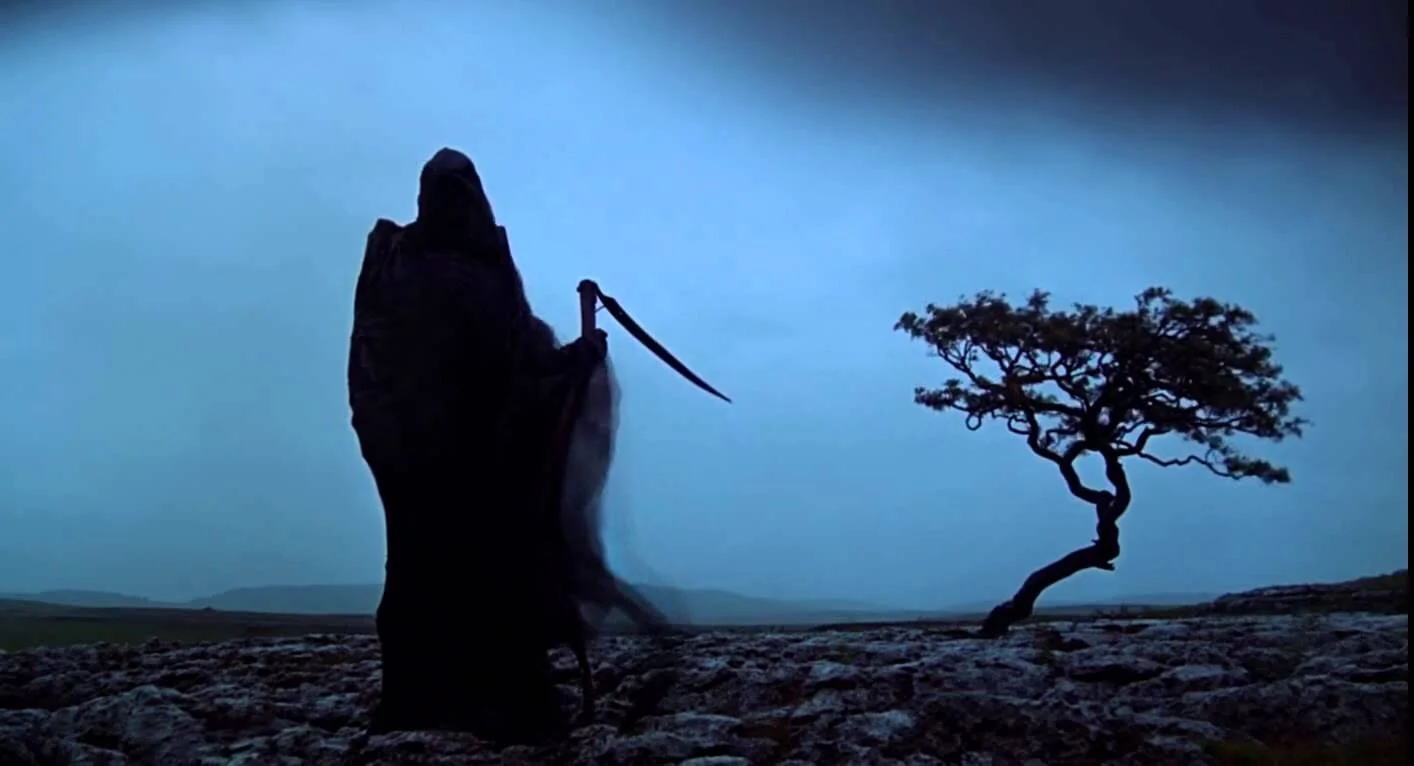Pandemic Literature
Rowan and I reluctantly came to recognize the need for this page. We have fielded so many inquiries from customers about epidemics, pandemics, plagues, and the science behind viral “jumps” between nonhuman to human species that we thought we need to put in one place the references we offer. Fear of the invisible threat extends into the past, whether history or fiction. The present fear looms large. Being human, as Robert Burns pointed out in his poem to the mousie whose life was upset by the plow, means to project the fear into the future, which explains our rich selection of plague-haunted science fiction/horror fiction. Many smart people and good writers have devoted thought and art to considering these fears, and we invite you to calm and measure your own in such good company.
After London
After London
"Remarkable in its early take on the apocalypse." — examiner.com
A catastrophe has descended upon England. London is now a pestilent swamp, dotted with the ghostly remains of ancient buildings. A giant lake dominates the center of the country, towns have collapsed and given way to forests, and the few scattered survivors have descended into barbarism. Amid the ruins of civilization and a countryside ravaged by warring tribes, a lone hero undertakes a quest to prove himself worthy of his beloved.
Characterized by the Observer as "the most beautiful of Victorian novels," this 1885 tale pioneered the post-apocalyptic genre of science fiction. Author Richard Jefferies was a noted naturalist, and his scientific expertise informs the evocative descriptions of birds, plants, and animals. An avid lover of wilderness, Jeffries devised a fantasy that places humanity in a state closer to nature. After London influenced William Morris, J. R .R. Tolkien, and countless other writers, and it remains a haunting tale of environmental collapse and dynamic adventure.
Reprint of the E. P. Dutton and Co., New York, 1906 edition.

